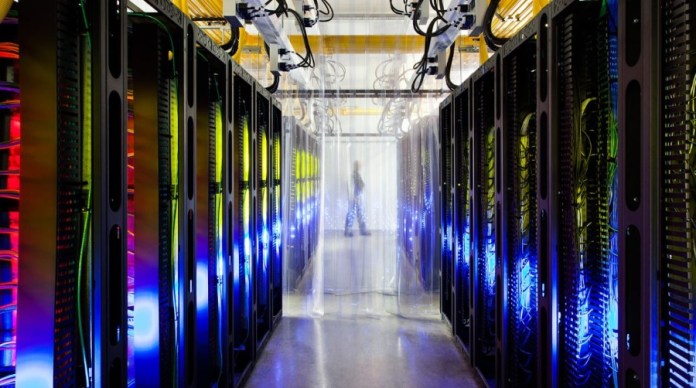Recently, artificial intelligence (AI) from Google’s DeepMind division was tasked with the role of regulating the cooling of Google’s data centers.
The aim of this responsibility is not only to prevent the servers from frying while they support various Google features or tools such as Gmail, YouTube, and Google Search but also to cut down the energy consumption.
According to DeepMind’s experts, they jointly developed an AI-driven recommendation system back in 2016 with the aim of improving the energy efficiency of Google’s highly-optimized data centers.
At the time, the idea behind it all was simple. In fact, they emphasized this statement by saying that even minor enhancements would offer considerable energy savings while minimizing CO2 emissions in a move to help combat climate change.
Contrary to the concept behind the start of the joint effort, Google and DeepMind are currently taking the system to an entirely higher level. As such, the artificial intelligence (AI) system is directly involved in controlling Google’s data center cooling while maintaining the expert supervision of the company’s data center operators.
According to the Boffins, this unique cloud-based control system is currently delivering energy savings in various Google data centers. They also added that the supervision of the exercise would still involve human beings despite the use of artificial intelligence.
The AI intends to bolster efficiency through taking a snapshot of a data center’s cooling system from thousands of sensors before passing it through a deep learning neural network. In turn, the network tries to predict how the different combinations of possible actions would affect the cooling system ’s future energy consumption.
According to folks from DeepMind, the AI system involved in the cooling of Google’s data centers goes on to identify which actions would reduce energy consumption while still satisfying a wide array of safety constraints.
Once that is done, the actions are then sent back to the respective data center, whereby they are verified through the local control system before being implemented.
Thanks to the use of artificial intelligence (AI) so far, Google’s data center operators are now in a position to put in place more granular actions in an effort of improving efficiency while reducing errors while executing such tasks.
In addition, the AI also has the potential to predict uncertainty levels, particularly in the potential decisions it is likely to make. As such, when an action is not backed by a satisfactory degree of confidence that it will generate good outcomes, it is not implemented.
AI actions also go through a two-layer authentication. During this process, an internal list of safety constraints developed by data center operators vets them. This exercise helps in preventing the artificial intelligence (AI) system from making a decision that could compromise the data centers it is in charge of looking after.
Aside from managing or controlling cooling systems in data centers, artificial intelligence systems have many other exciting uses including the creation of driverless cars among many others.
However, looking at the amount of energy consumed by data centers, the more efficient their operations, the smaller the carbon output, which is necessary for an eco-friendly world.
Source TheInquirer




















